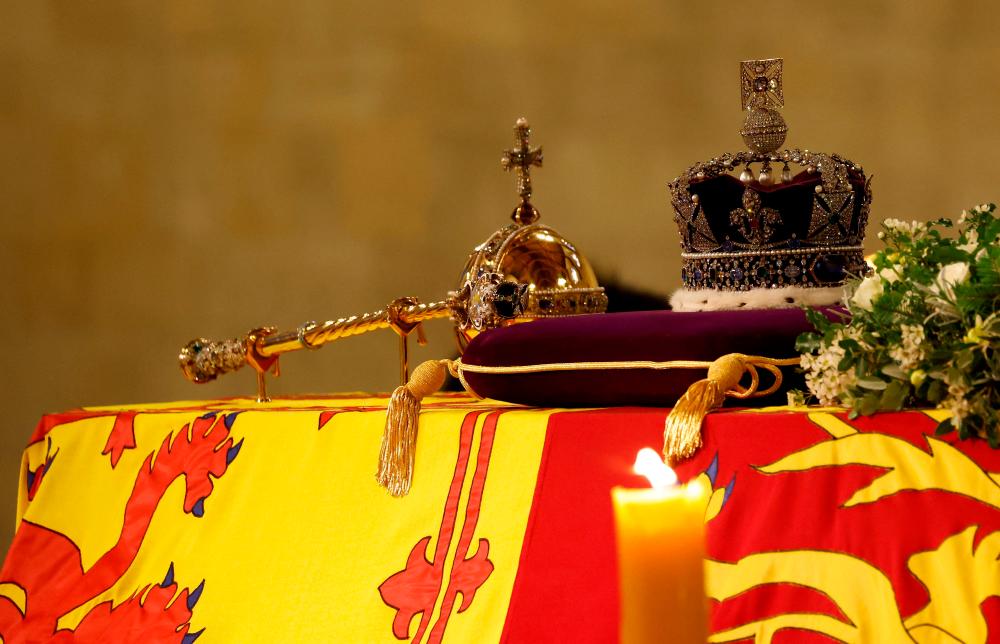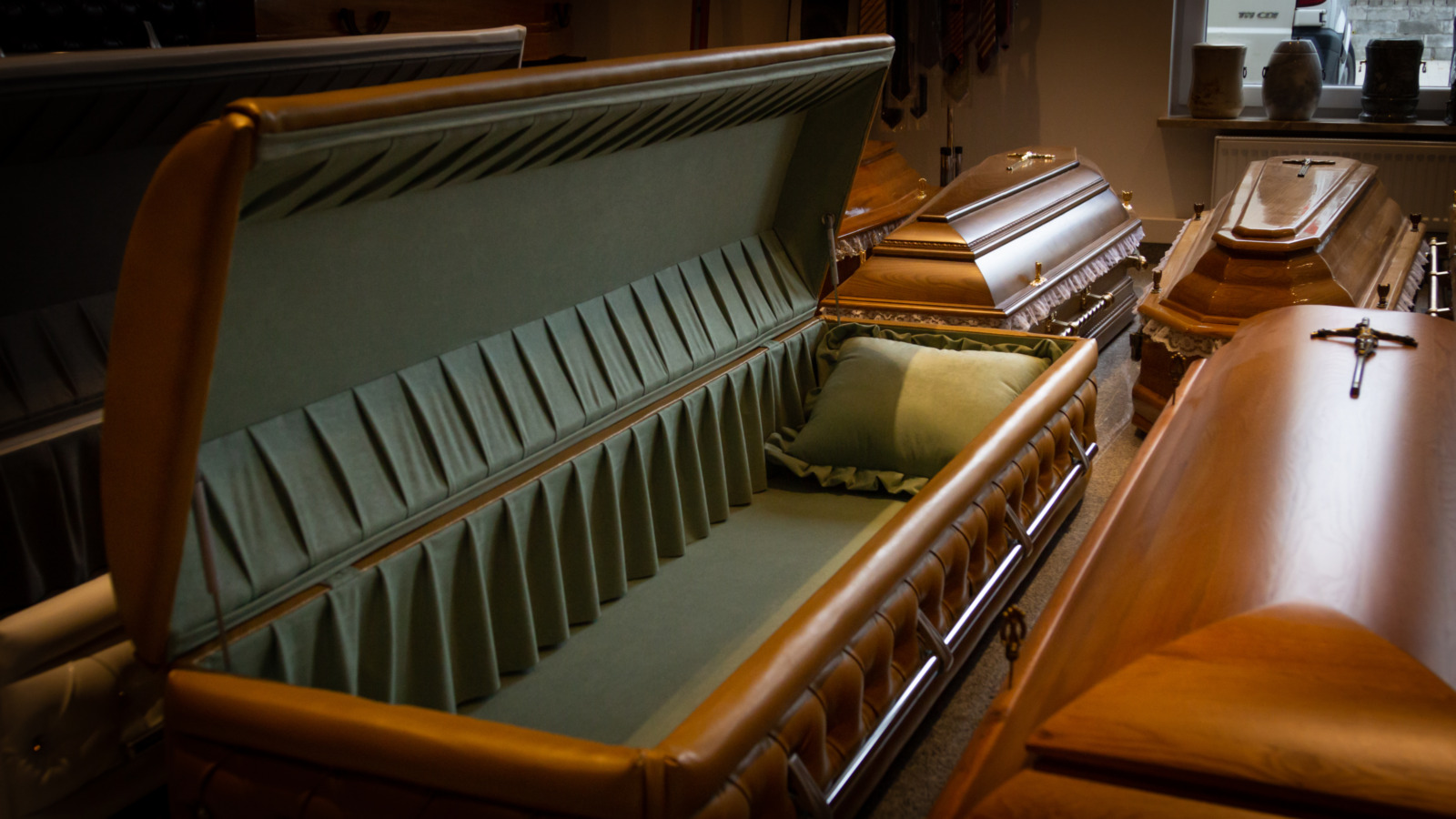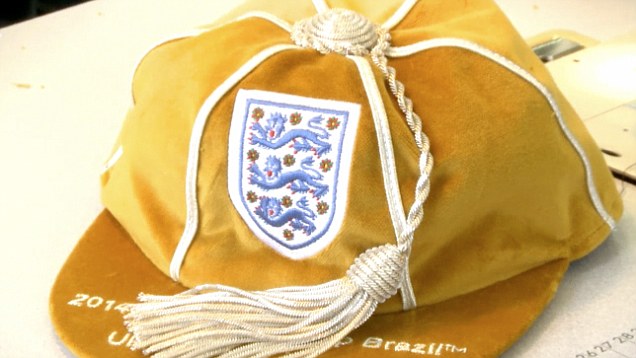Does the Royal Vault Smell? Unveiling the Secrets
Have you ever wondered about the hidden secrets behind the doors of the Royal Vault? Among the whispers of grandeur and history, there’s a question that seldom gets addressed: Does the Royal Vault Smell?
The presence or absence of any particular smell within the Royal Vault is not publicly known. Specific details about the vault’s ventilation and conditions are not disclosed. The Royal Family uses lead-lined coffins, which are airtight, to slow down decomposition and any potential odors.
Join us on a journey to uncover the scents and stories that history often overlooks.
What is the Royal Vault?

The Royal Vault is a burial chamber underneath St. George’s Chapel at Windsor Castle in Berkshire, UK. It was constructed between 1804 and 1810 under the orders of King George III.
It’s situated 16 feet below the chapel and measures 70 feet in length and 28 feet in width. The vault can hold up to 44 bodies, with 32 coffins on its sides and space for 12 more in the center.
Where is the Royal Vault located?
Beneath the historic St. George’s Chapel on the grounds of Windsor Castle, there lies a special place known as the Royal Vault. It’s located 16 feet below the chapel’s altar.
During royal funerals, a unique process takes place. They remove a black-and-white diamond-shaped stone floor panel to reveal the entrance to the Royal Vault. A special lift is then used to lower the coffin through this opening.
Moreover, when the coffin reaches the vault’s depths, it’s placed on a shelf or plinth within the chamber. This is where it finds its final resting place.
Also, St. George’s Chapel has been a burial site for British royals since the 15th century. It’s a place of historical importance, and many notable royals, such as Henry VIII, Charles I, and Edward VII, rest here. This tradition began in the 15th century when St. George’s Chapel became the preferred burial place for the British monarchy. Before that, Westminster Abbey in London was the customary choice for royal burials.
What’s going on with Queen Elizabeth II’s burial and Prince Philip’s coffin at Windsor Castle?
Amidst the nation’s collective mourning for the passing of Queen Elizabeth II at the age of 96, preparations are in motion for the ten-day period of mourning that will culminate in the Queen’s burial and her final resting place within the King George VI Memorial Chapel. This annex, nestled within St George’s Chapel at Windsor Castle, holds not only her parents but also the ashes of her sister.
Notably, the final resting place of Prince Philip, whose coffin was interred in the nearby royal vault after his passing last April, is also set to be moved to lie beside the Queen’s. The somber ceremonies leading to these interments carry a profound significance in the context of the British royal family’s history and traditions.
Who is buried in the Royal Vault?
Royal Vault cradles the earthly remains of 25 members of the British Royal Family
| Royal Family Members in the Royal Vault | Year of Interment |
| Princess Amelia (King George III’s Daughter) | 1810 |
| Princess Augusta (King George III’s Sister) | 1813 |
| Princess Charlotte (King George IV’s Daughter) | 1817 |
| Queen Charlotte (King George III’s Wife) | 1818 |
| Stillborn Daughter of Prince Ernest Augustus | 1818 |
| King George III | 1820 |
| Prince Edward, Duke of Kent (Queen Victoria’s Father) | 1820 |
| Prince Alfred (George III’s Son) | 1820 |
| Prince Octavius (George III’s Son) | 1820 |
| Princess Elizabeth (King William IV’s Daughter) | 1821 |
| Prince Frederick, Duke of York (George III’s Son) | 1827 |
| King George IV | 1830 |
| King William IV | 1837 |
| Princess Sophia (King George III’s Daughter) | 1840 |
| Queen Adelaide (King William IV’s Wife) | 1849 |
| Prince Frederick of Schleswig-Holstein (Queen Victoria’s Grandson) | 1876 |
| King George V of Hanover (George III’s Grandson) | 1878 |
| Victoria von Pawel Rammingen (George V’s Granddaughter) | 1881 |
| Princess Frederica of Hanover (George V’s Granddaughter) | 1927 |
| Princess Mary Adelaide, Duchess of Teck (Queen Mary’s Mother) | 1897 |
| Prince Francis, Duke of Teck (Queen Mary’s Father) | 1900 |
| Prince Adolphus, Duke of Cambridge (George III’s Son) | 1930 |
| Princess Augusta, Duchess of Cambridge (George III’s Daughter-in-law) | 1930 |
| Prince Philip, Duke of Edinburgh (2021, to be relocated) | 2021 |
Where will Queen Elizabeth II be buried?
Queen Elizabeth II will find her final resting place in the King George VI Memorial Chapel, an extension of St. George’s Chapel. Her husband, Prince Philip, will be relocated from the Royal Vault to rest beside her in this chapel. The memorial chapel, named after her father, King George VI, was constructed in 1968-1969 next to the north quire aisle. Currently, it houses King George VI, the Queen Mother, and Princess Margaret.
Is Princess Diana buried in the Royal Vault?

No, Princess Diana wasn’t buried in the Royal Vault for a few important reasons. She wasn’t born a princess and, due to her divorce from Prince Charles, she wasn’t considered a member of the Royal Family at the time of her death in 1997.
So, instead of being interred in the Royal Vault, it was decided that she would find her final resting place at Althorp House, the Spencer family’s estate in Northamptonshire. Originally, they planned to bury her in the family vault at a nearby church. But because of concerns about public reactions and security, they changed their plans.
Further, to ensure privacy and security for Diana’s sons, Princes William and Harry, her brother, Earl Charles Spencer, chose to have her buried on an island in the middle of a lake at Althorp House. This secluded spot not only protected her grave from potential disturbances but also allowed her sons a peaceful place to visit their mother.
FAQs
Where does the queen go in the royal vault?
George VI’s body was moved there from the main vault on its completion in 1969. The Queen will be the first female sovereign to have her final resting place in St George’s Chapel.
Was the queen’s coffin lowered into the vault?
Yes, The Queen’s coffin has been pictured for the final time as it was lowered into the Royal Vault at St George’s Chapel following a committal service surrounded by her family. The casket had been carried into the chapel in the grounds of Windsor Castle for the service after thousands of people turned out to pay their respects to a monarch who served them for 70 years.
Can I visit the Queen’s grave?
Yes, The general public are permitted to visit St George’s Chapel at Windsor Castle. There are three services a day at the chapel, and worshippers can go to any of them. Outside of the services, visitors can visit on Mondays, Thursdays, Fridays, and Saturdays, but you have to pay.
Is the Royal Vault cold?
No, Prince Philip’s body was not put in a refrigerated vault. His body was placed in the Royal Vault, which is a burial chamber that is not refrigerated.
Can you visit the Royal Vault?
No, visitors aren’t allowed inside the Royal Vault at Windsor Castle. However, the public can attend services – for free – at St. George’s Chapel itself. Outside of church service times, the chapel is open to those who have purchased a visitor ticket to Windsor Castle.
What happens to a body in the Royal Vault?
The specifics of what happens to a body in the Royal Vault are not publicly disclosed. However, it’s a burial chamber for royals, and traditional measures such as using lead-lined coffins are employed to slow down decomposition.
Do royals decompose in the Royal Vault?
Yes, Over time, decomposition is a natural process, but the use of lead-lined coffins and the sealed environment within the Royal Vault can slow down this process.
What is the Royal Vault like?
The exact details of the Royal Vault’s interior are not publicly known. It is a burial chamber beneath St. George’s Chapel at Windsor Castle, but specific characteristics are not disclosed.
How long do burial vaults last?
The longevity of burial vaults can vary depending on factors like construction, maintenance, and environmental conditions. Many are designed to be durable and long-lasting.
How do they stop coffins smelling?
Airtight lead-lined coffins are often used to help prevent moisture from seeping into the coffins, which can slow down the decomposition process and associated odors.
Is Prince Philip still in the royal vault?
No, Prince Philip’s body was placed in the Royal Vault at St. George’s Chapel initially, but it was later moved to the King George VI Memorial Chapel to rest beside Queen Elizabeth II.
Final Words
To wrap up, it’s challenging to definitively answer whether the Royal Vault has a detectable smell. Specific details about its ventilation practices and potential odors remain undisclosed. While there may be some natural scent associated with enclosed burial chambers, measures such as airtight, lead-lined coffins are employed to minimize decomposition and potential odors.







